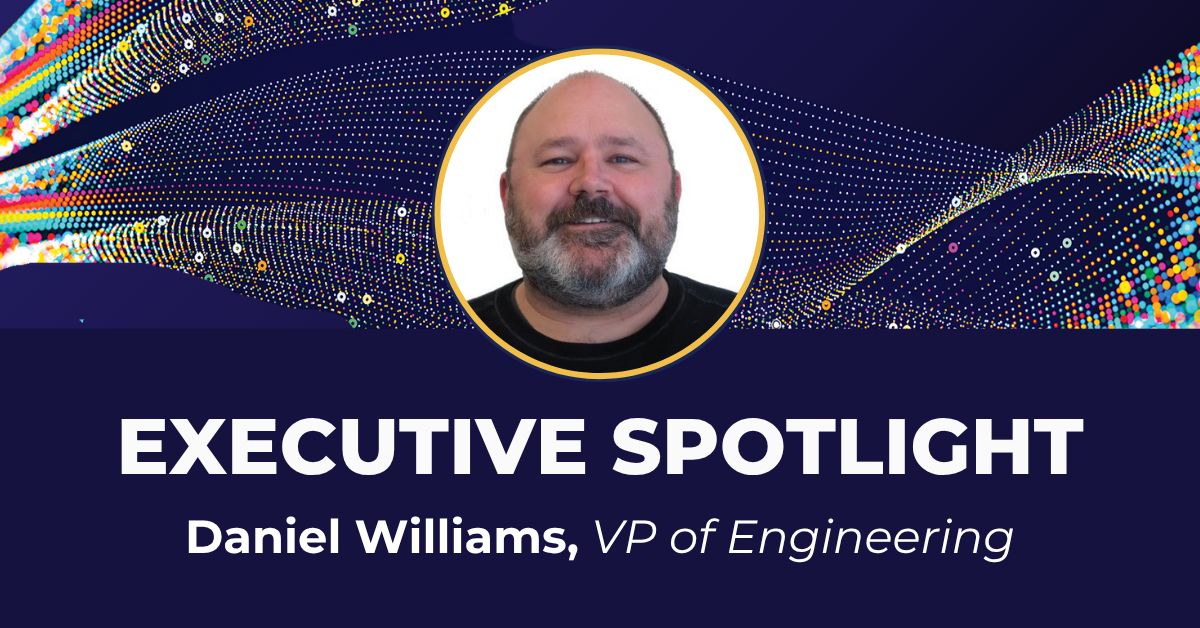Can you tell us more about your role at Siepe and what areas that are top of mind for you right now?
As VP of Engineering, I own the end‑to‑end product portfolio – from today’s production systems to new initiatives. I lead product and technology operations, architecture, and design with a clear mandate: make our software resilient and scalable.
An important area for us at the moment is about understanding how to take new emerging technologies and safely embed them into our existing systems. This includes using AI or LLMS to improve operational data, while ensuring data integrity.
We’re also building features that help customers understand and act on their data. By surfacing what’s hidden and making it truly usable, we can deliver more value to users while accelerating delivery and improving developer effectiveness.
Can you tell us a bit more about your background?
I got my start in the CLO space with FCS (Financial Computer Software), developer of Wall Street Office (WSO), which had just transitioned from Highland Capital to J.P. Morgan. Back then, it was a small team working on one of the industry’s earliest buy-side software platforms.
From 2004 to 2025, I had the opportunity to grow alongside the business as it went through multiple acquisitions and scaled by 10x during that period. Along the way, I helped transform the technology itself, evolving it from a thick-client application into a web platform, moving from VB6 to .NET, and eventually leading its migration to the cloud on AWS.
My role changed as the company did. I started out in professional services, building custom solutions for clients. From there, I took over WSO Administrator (the original thick-client product), and ultimately ended up managing the entire WSO Suite – software, SaaS services, and managed infrastructure.
From a technology perspective, what do you see as the biggest hurdles firms in the industry face in today’s data-driven environment?
One of the biggest hurdles is taking complex, unstructured information – especially human and legal language – and transforming it into structured data that can be connected to existing datasets.
AI has made this process much easier and faster, but the real challenge now is how to bring these tools safely into production. Firms need to ensure that data is delivered reliably and securely, without any risk of exposure or loss, while still unlocking the efficiencies and insights that AI makes possible.
What technologies or innovations do you think asset managers and business leaders in this space are overlooking, and why?
Many asset managers are still using software created by industry pioneers to track loans, but these systems have inefficiencies that can limit the level of insight they can extract from their data. Siepe is driven to remove these inefficiencies and create a comprehensive solution that moves past the problems of the past and allows us to focus on more interesting problems.
What parts of the credit lifecycle present the most compelling opportunities for engineering-led optimization?
The credit lifecycle offers several compelling opportunities for engineering-led optimization, especially in areas that remain highly manual or fragmented. Compliance processes are a prime example. Fund managers need to clearly understand which assets can be traded without breaching contractual agreements. This requires accurate, normalized data from unstructured sources like legal documents and trustee reports.
Beyond compliance, there’s also an opportunity in portfolio management, where AI can aid users by shining a light on data differences day over day. Finally, workflow and connectivity across stakeholders is another area where engineering can eliminate friction by standardizing data flows between managers, trustees, custodians, and investors.
What advice would you give to individuals looking to advance their career undertaking a similar role in this industry?
I would say creativity and passion for the industry.
The days when technology was driven solely by narrowly focused individuals mastering vast programming libraries, mathematical functions and algorithms are changing. We’re seeing a much more interesting way of interacting with technology, along with a rapid iteration using the tools that are coming onto the scene right now.
If you’re technically minded, driven to build, and able to think creatively, then taking the time to understand an industry from the ground up can enable you to have a very large impact on that industry.
Can you share a fun fact?
I consider myself a developer of leaders both at work and at home. As the father of 3 girls I recognize the importance of building leadership skills early. With kids comes constant coaching. Coaching soccer, bike riding, softball and even Lego Robotics. While raising kids has been about helping them gain confidence, discover teamwork, and start to see themselves as future leaders, sometimes it is just about building cool robots.

